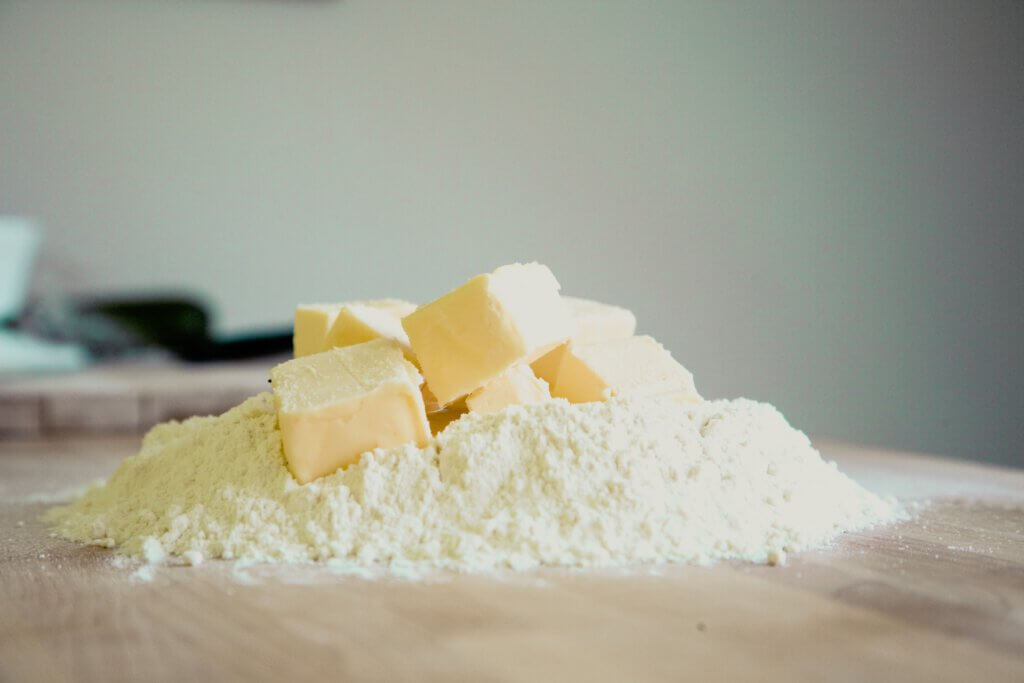
Swiss officials constantly have to readjust the consumption quantities of butter. Now they are even off by 12 million pieces, and this would not be needed at all.
First it was 1,000 tons of butter. Then it used to be 2,000 tons of butter. And now it is even 3,000 tons of butter.
These sums, or converted to 250-gram pieces, 4 million, 8 million or 12 million pieces of butter, are constantly at stake this year.
In order to be able to satisfy the domestic demand for butter, Switzerland has to resort to foreign countries for the umpteenth time and increase its import quotas.
Prefer cheese
The main reason for this is that a large part of Swiss milk continues to be processed into cheese, as the Federal Office for Agriculture (FOAG), which is responsible for the matter, once again cited as the cause today, Tuesday.
Obviously, it is much more lucrative for Swiss farmers to process the milk into cheese and not into butter, which repeatedly leads to this supply shortage.
Two months off
The FOAG has now announced that the additional import volume amounts to 3,000 tons of butter. In the current year, the tariff quotas have already been adjusted – several times – as muula.ch also reported.
In 2022, the FOAG released a total of 6,100 tons of butter as import quota.
Switzerland was therefore off by about 24.4 million pieces of butter in its estimate of domestic consumption. This is after all the demand of about 8 weeks or about 2 whole months.
Skewed system
This illustrates impressively that the whole planned economy does not work. Due to rising inflation abroad it might have been better to purchase the entire 6,100 tons of butter right at the beginning of the year and not to constantly top up by ordering 1,000 or sometimes 2,000 tons at ever-rising foreign prices.
However, the retailers Migros, Coop, Manor, Globus or the discounters, for example, would – as with many other goods – estimate the demand for butter themselves.
Retailers would then procure the fat at the quantities where it is cheapest, and only an amount that they believe they could actually sell.
Producing shortages
It also shows that with the existing system, Swiss farmers have no incentive at all to produce more butter domestically. This is because foreign countries simply have to step in when there are shortages. And farmers in this country can continue to produce their more expensive cheese.
The shortage of butter would actually automatically lead to a price increase and to more imports or more production of the ‘yellow fat’. But this is overridden with the official import task.
For private persons the import of butter and cream is limited anyway, with strict customs officers at the national borders watching everything.
Meltdown possible
According to the FOAG, the 3,000-ton limit on imported butter will now apply from January 2023.
And if Swiss consumers then suddenly replace butter with margarine – due to inflation (as often happens with such products with a fallback option), Switzerland could ultimately even be left sitting on that big pile of 12 million pieces of imported butter or trigger a surprise price meltdown at home.
Then Swiss farmers would simply have even less incentive to produce any butter at all for the country in the future.
Nanny state’s tax cash
Ultimately, officials prescribe in socialist fashion what is good and bad for consumers to protect Swiss agriculture.
And this then costs the very same people tax money.
06.12.2022/kut./ena.






